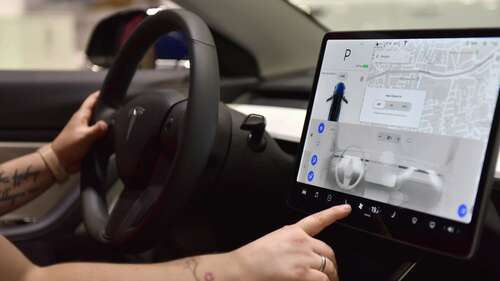
While placing crucial functions deep inside touchscreen menus is unsafe, these large displays still have a place in modern cars. However, they should not replace physical buttons for vehicle features that drivers frequently use. While the Euro NCAP is on the right track by requiring these basic safety features to have physical controls, expanding the requirement might be necessary.
Drivers frequently change climate control settings, the sound volume, and the current track or radio station while on the road. Having these controls as tactile buttons makes sense so the driver can make their changes without looking away from the windshield. Since we can feel and hear the changes we make to the climate and sound system, we don’t have to look at them when making adjustments.
Nevertheless, a touchscreen is still crucial to modern cars, especially as we can use it for navigation and to adjust the vehicle when parked. However, it should not take center stage, as driving should always take priority when you’re on the road. This is also why many planes, especially airliners, have tons of buttons and physical controls in the cockpit. That’s because pilots must react in a split-second if anything untoward happens. With a physical button, they can instinctively reach and control the plane without looking — something they cannot do with a touchscreen. The same mantra applies to drivers on the road as well.

